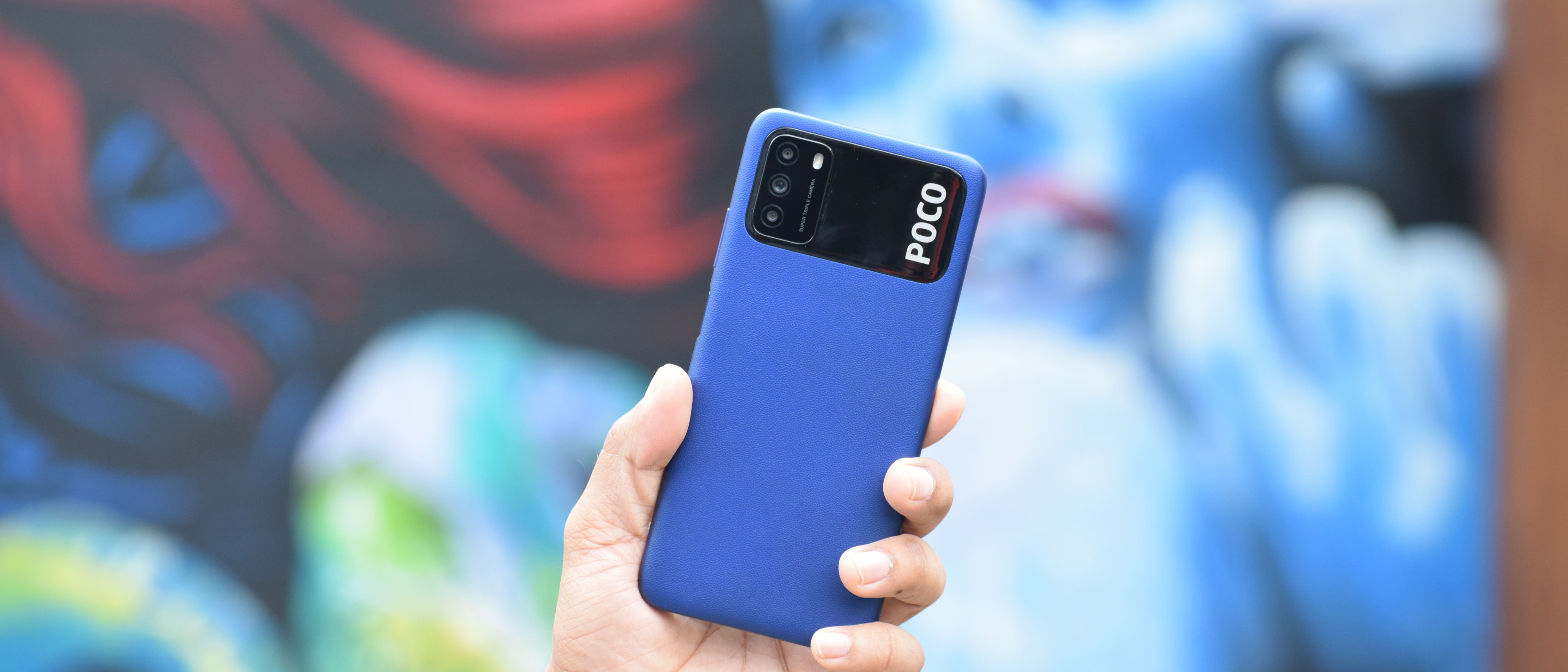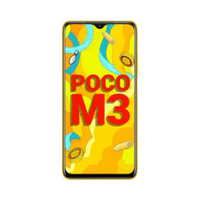TechRadar Verdict
Poco M3 is a great budget device for content consumption with a large battery, a good display with stereo speakers, along with a rare 6GB of RAM - all under Rs 12,000. While its design is extraordinary, the performance is pretty average.
Pros
- +
Stand out design
- +
Great battery life
- +
6GB RAM
- +
Stereo speakers
Cons
- -
Average performance
- -
Cameras
- -
Still on Android 10
Why you can trust TechRadar
Two-minute review
The Poco M3 is one of the best-selling budget smartphones from the company in India, managing to sell over half a million units in a matter of weeks. Now that we’ve been using it for a while, that statistic does not seem surprising at all.
In terms of design, we think the Poco M3 will beat almost every other device in the sub Rs 12,000 category thanks to the new big and bold design. The device looks more premium than its price tag suggests and the in-hand experience is also quite good.
With the Poco M3, you get a Full HD+ display with Widevine L1 certification to watch HD content over OTT platforms which is still a rarity in the segment. Although it's not a high refresh rate or an AMOLED display, the screen will satisfy all your needs. The performance is where things start to go down a bit, the Snapdragon 662 has not had a good track record with smartphones we’ve tested over the year and the same is also applicable here. However, thanks to 6GB of RAM, the device handles MIUI slightly better than other Redmi phones in the segment.
The cameras are not the best in the segment either, but it does take good pictures in daylight. The Poco M3 packs in a massive 6,000mAh battery and as you’d expect, it is a marathon runner and can last up to two full days of usage. The side-mounted fingerprint scanner, face unlock, headphone jack, IR blaster, dual stereo speakers, and more are a nice addition to the budget phone.
The Poco M3 after two months after the launch is not our first choice of the phone in the segment – mainly because the competition has caught up. But, it surely makes it to our recommendation list as it can be a good-looking budget phone with amazing battery life and works as an entertainment device, too.
Poco M3 price in India and availability
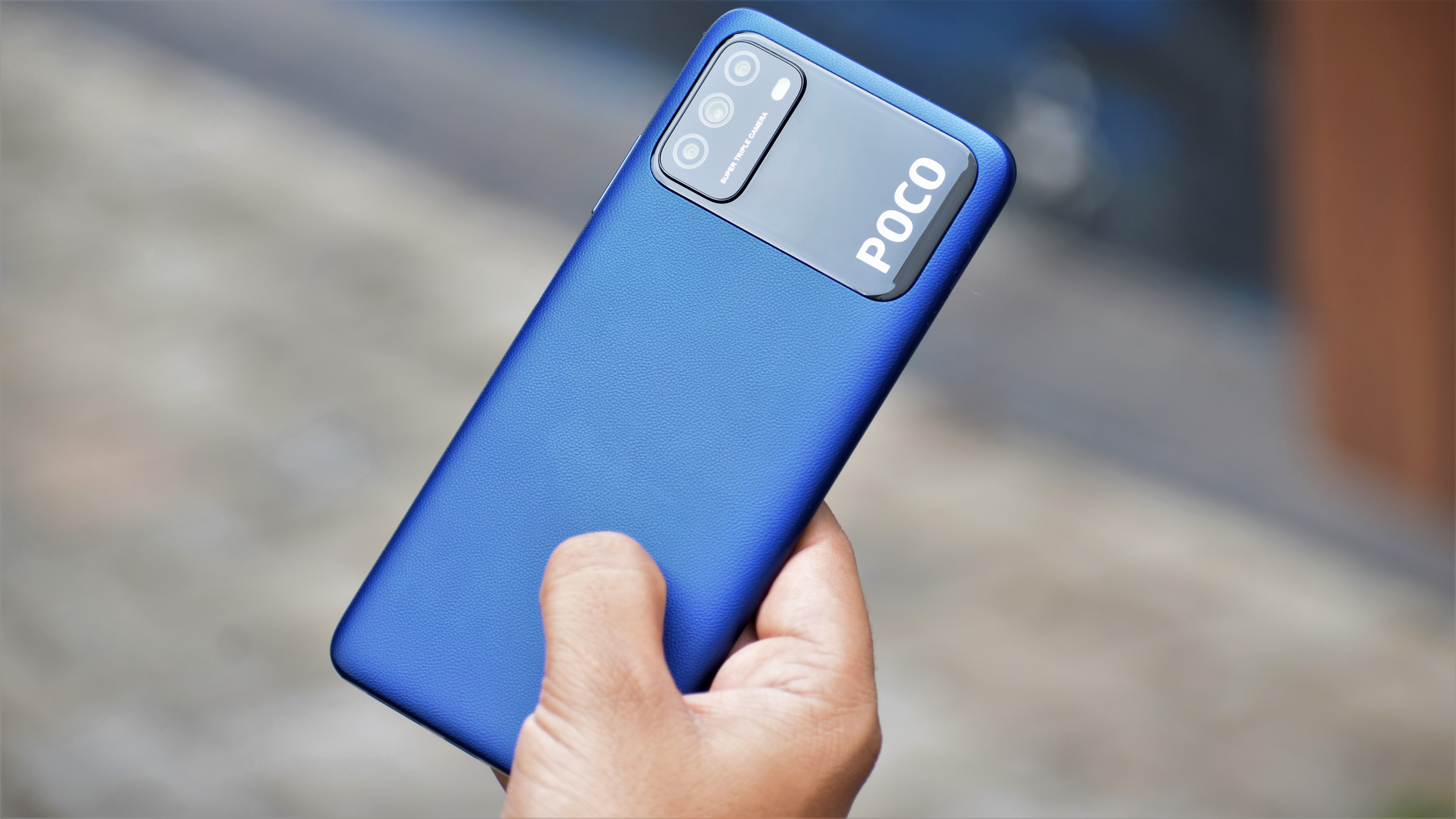
The Poco M3 is priced at Rs 10,999 for the base variant with 64GB storage and Rs 11,999 for 128GB storage with 6GB RAM being standard across the variants. Colour options include Cool Blue, Power Black and Poco Yellow. Flipkart is the online sale partner for Poco M3 in India.
Design

The design segment is probably the most boring aspect on budget phones. But, that’s not the case with the Poco M3. It comes with a striking new design that will catch anyone’s eyes and is definitely a stand out feature among the crowd. The device is available in Cool Blue, Power Black and Poco Yellow colourways, and the Yellow variant looks most striking among the three.
To the rear, you get a unique dual-tone finish with a rectangular block that sports the triple camera module and Poco branding. This design in particular looks similar to the recently announced OnePlus 8T Cyberpunk 2077 edition. The Poco M3 back panel’s top one-third consists of a black glass visor that houses the cameras and a bold-coloured plastic back all-around with a faux leather finish - which gives premium looks and feel.
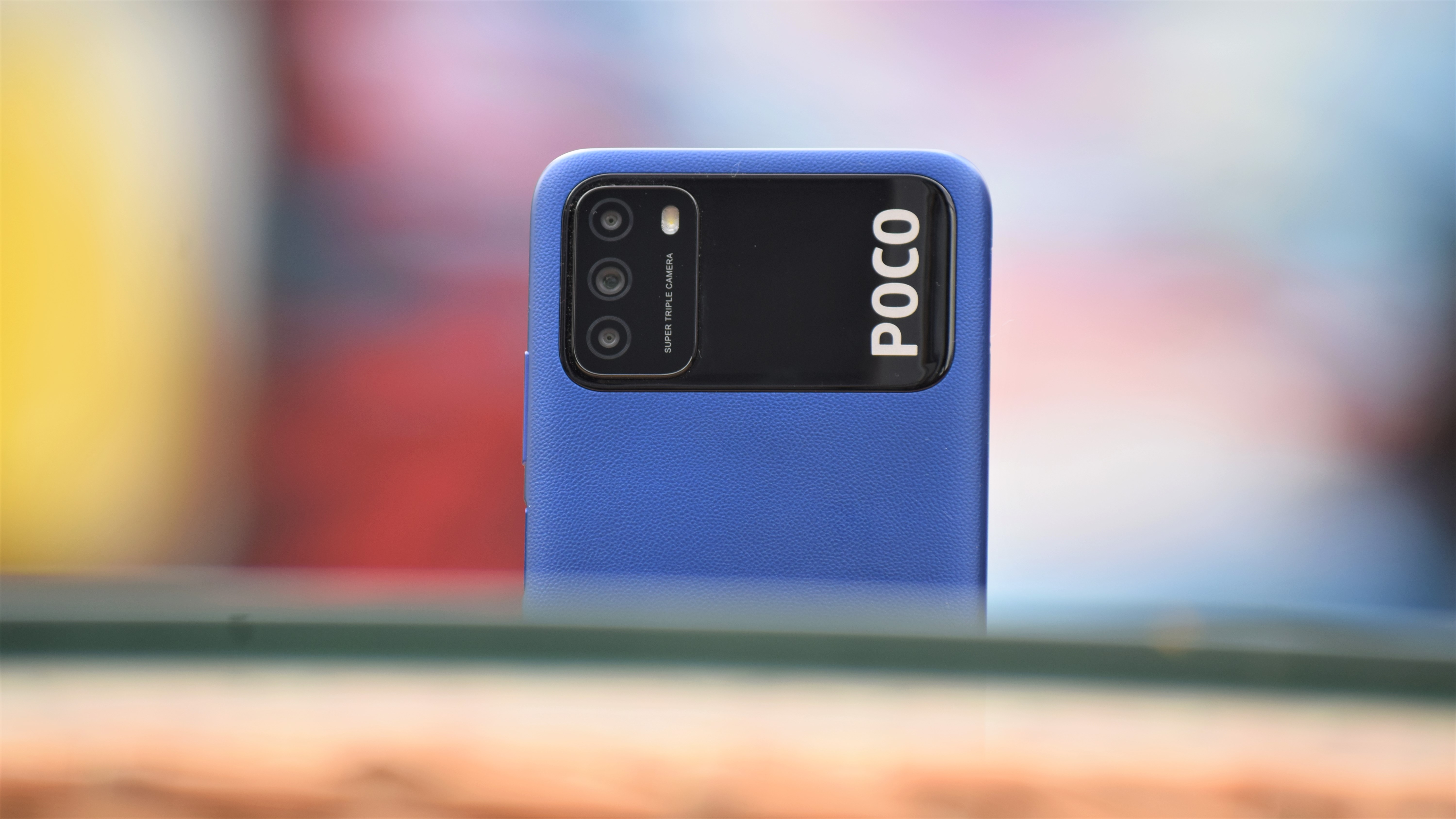
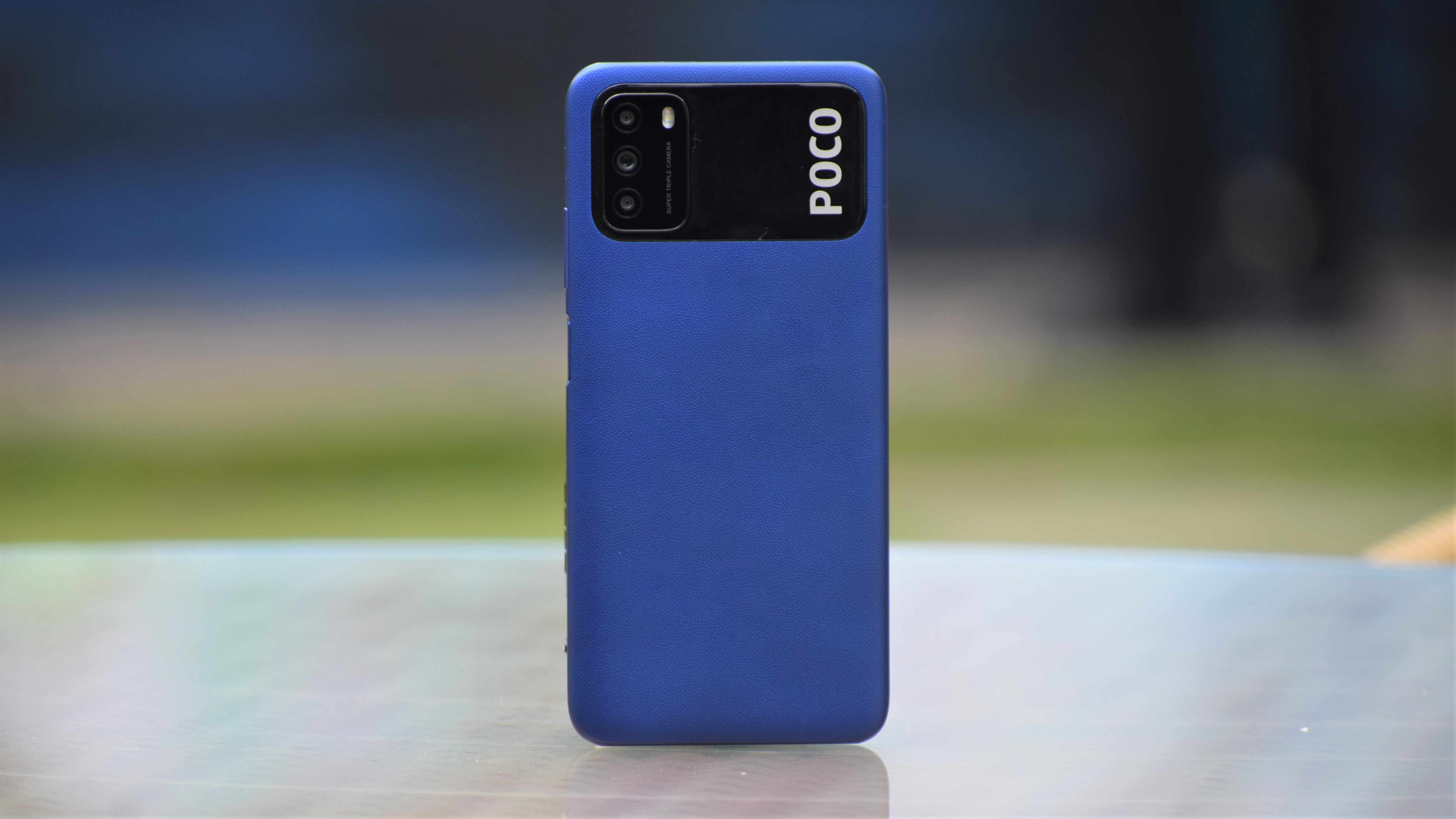
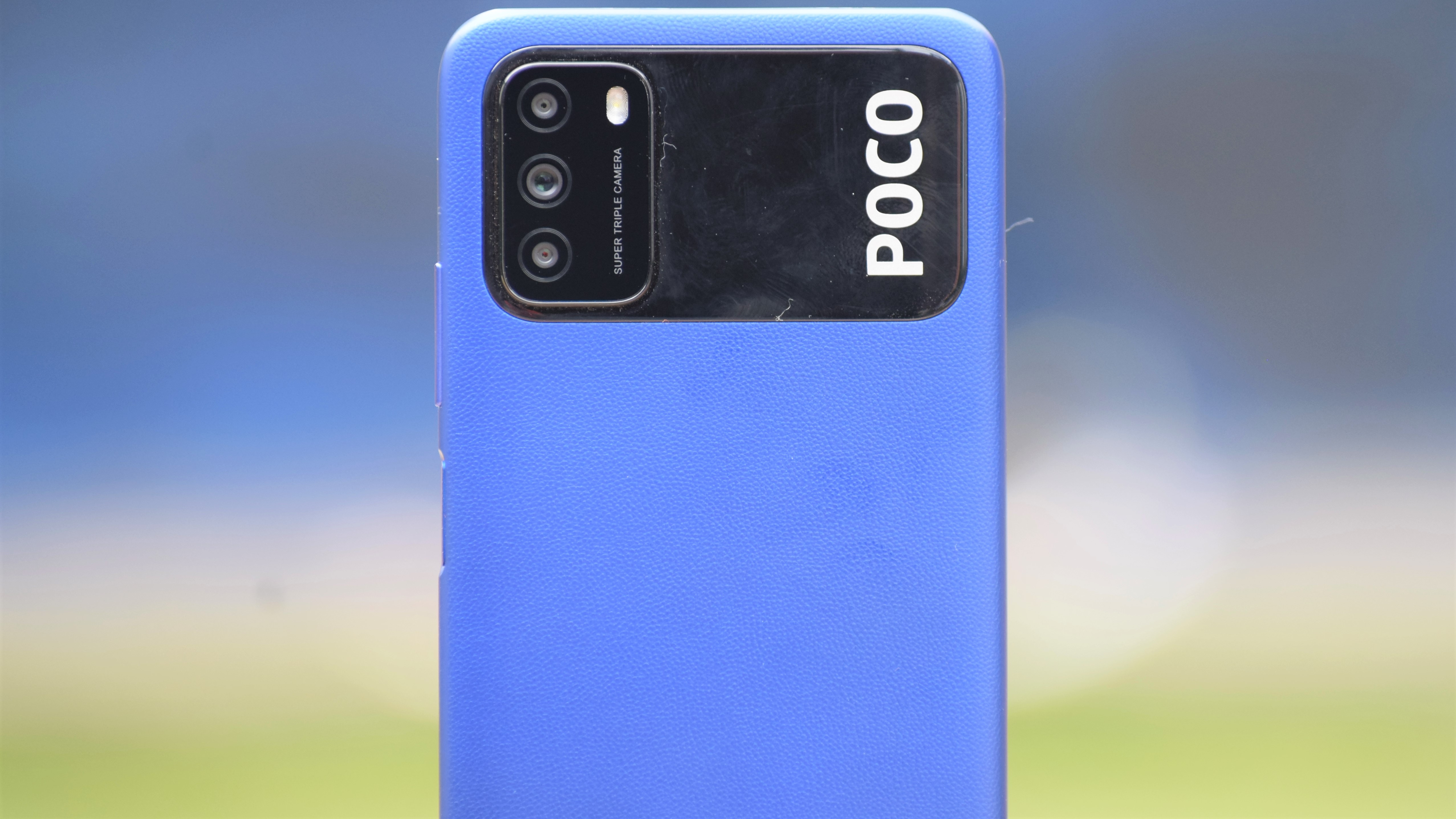
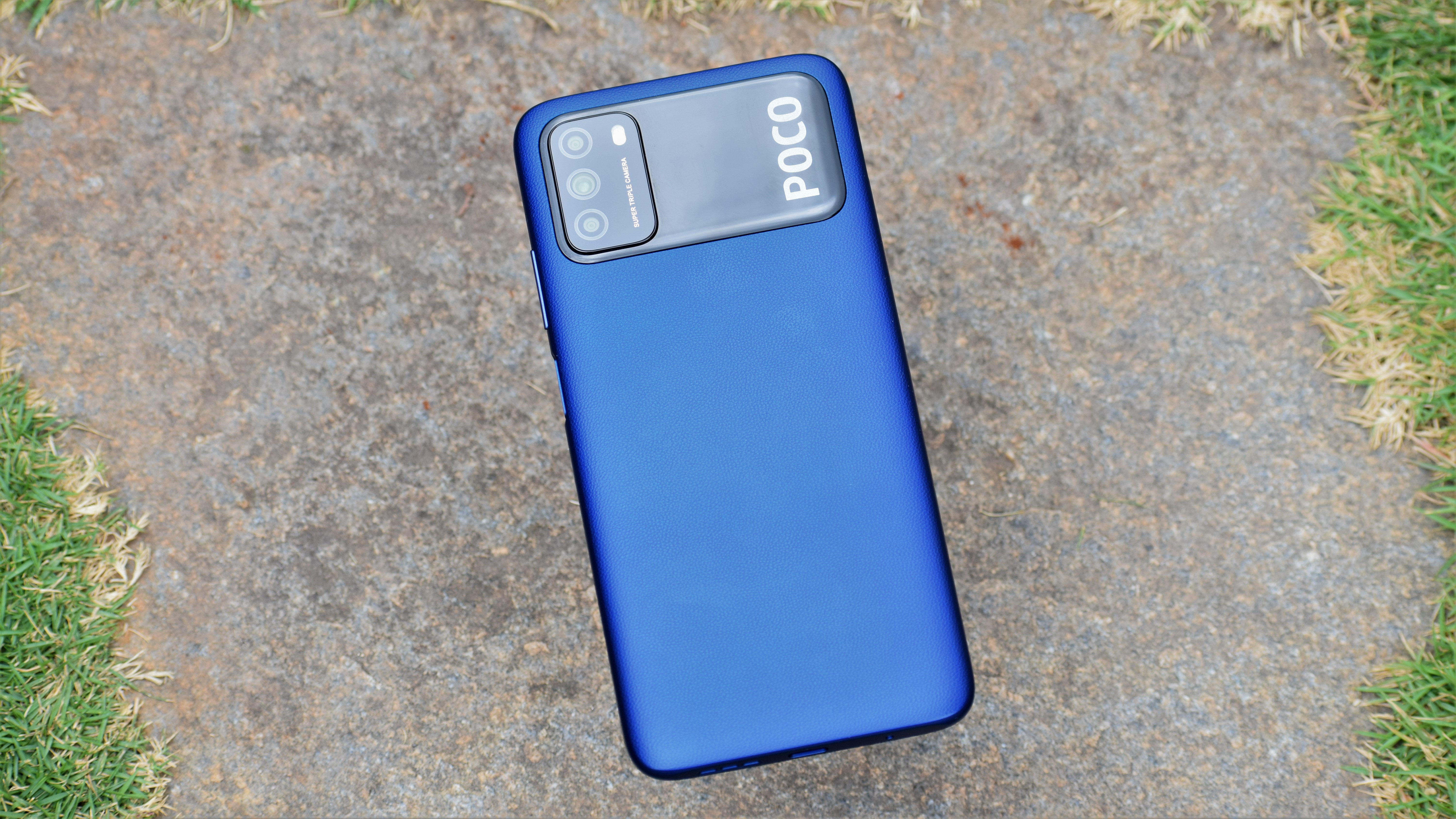
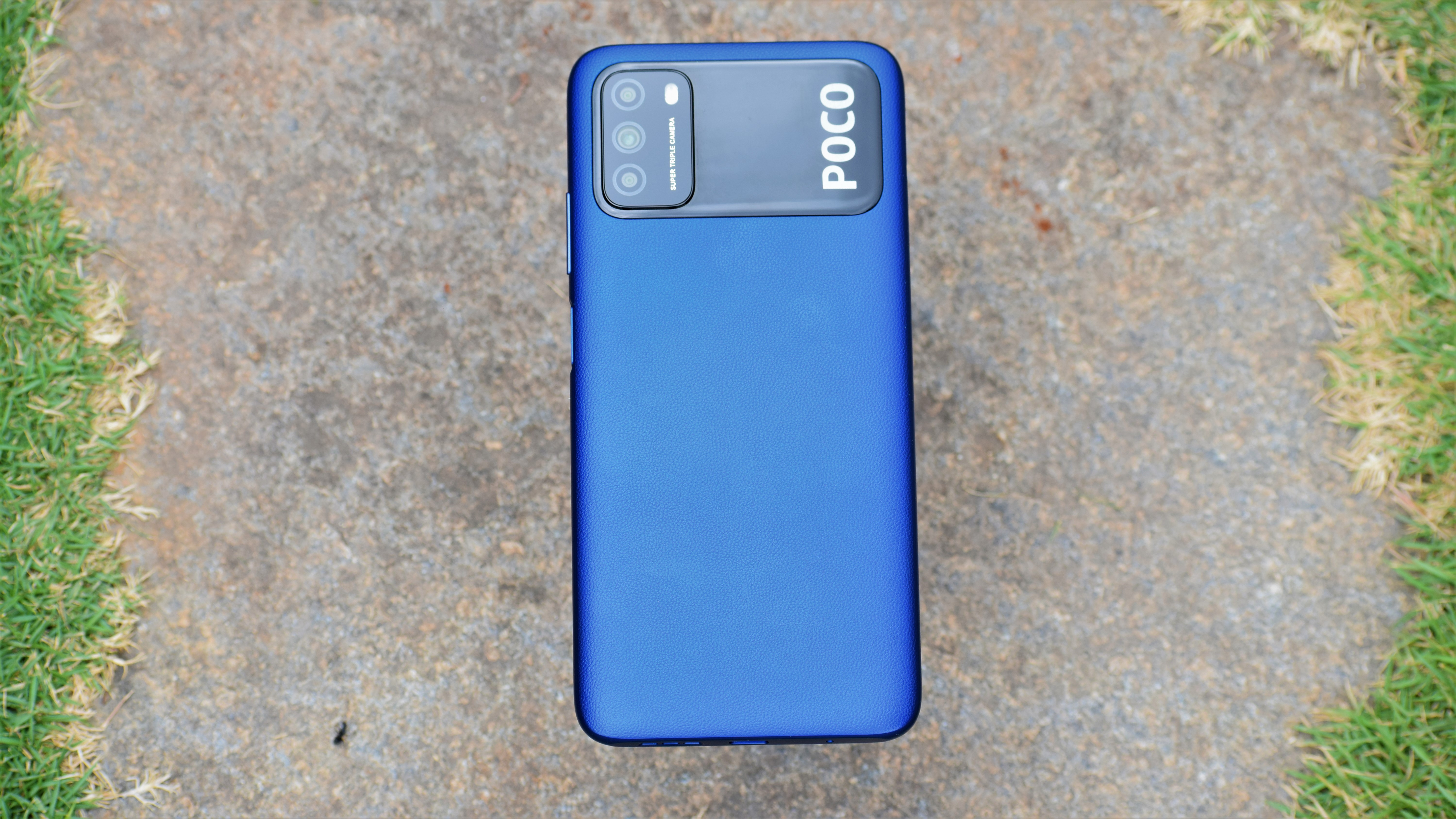
The Poco M3 features a smooth curved back with a textured finish. This is also an anti-fingerprint design and will offer a better in-hand feel and grip. The device offers one of the best in-hand falls on any budget phone and is easily one of our favourite looks out there. However, with a 197-gram weight and 9.6mm thickness, the Poco M3 might be heavy and bulky for some of you out there.
To the side of the device, you get a power button which also houses the fingerprint scanner, placed very conveniently. There is the volume rocker just above the fingerprint scanner and to the top, you get an IR blaster, and a 3.5mm headphone jack. On the other side, you get dual SIM with a dedicated microSD card slot, and lastly, there’s a Type-C port and speaker on the bottom.
To the front of the device, there is a dew-drop notch and a Full HD+ display which is protected by Corning Gorilla Glass 3. The device is also bundled with a transparent case and also comes with a pre-installed screen protector out of the box.
Display
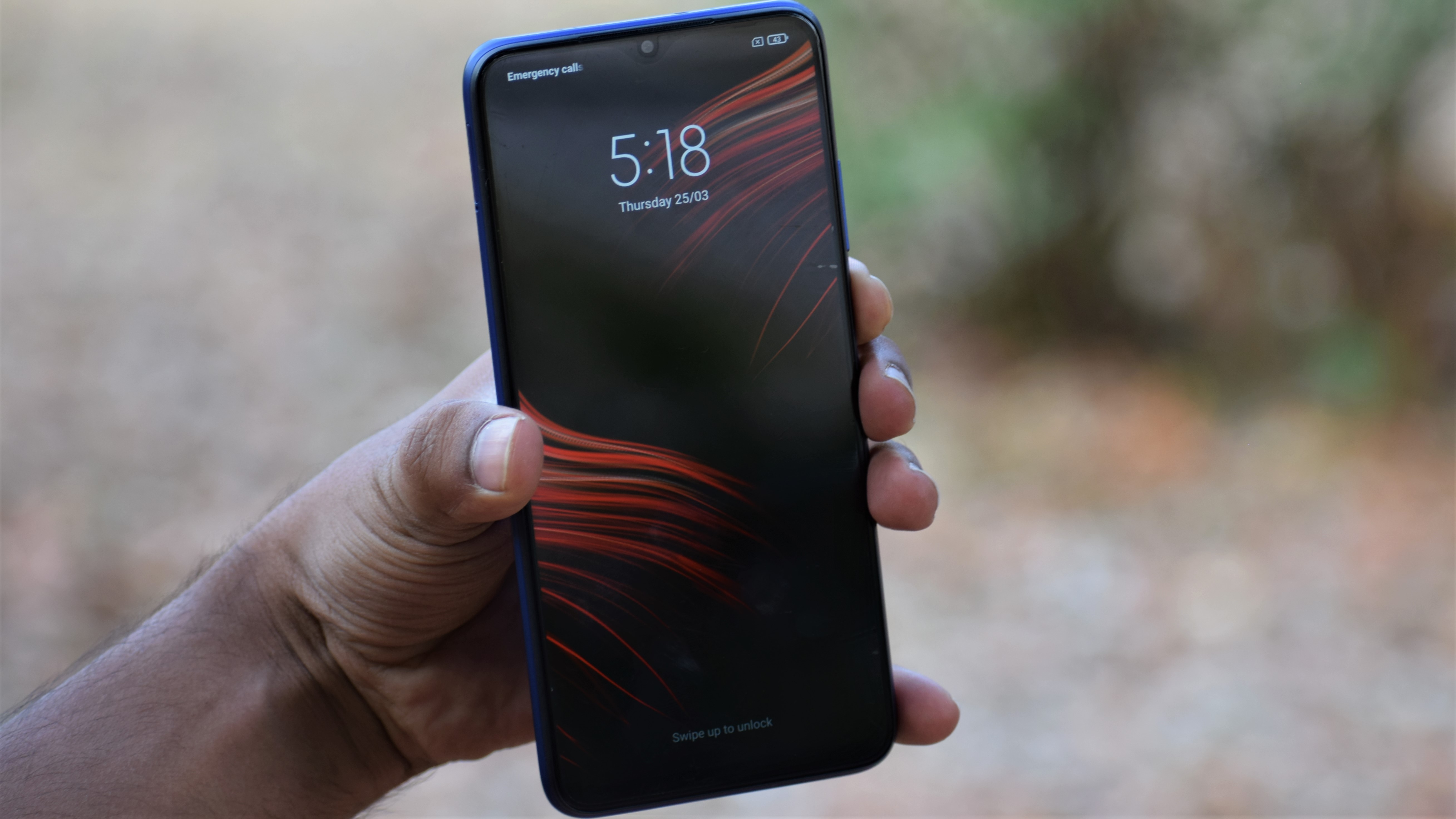
Poco M3 packs in a 6.53-inch Full HD+ dot drop display. It has a resolution of 2340 × 1080 pixels with a 19.5:9 aspect ratio, 90.34% screen-to-body ratio, 70% NTSC colour gamut. The display is protected by Corning Gorilla Glass 3. The device comes with a noticeable amount of bezel on the sizes and even more on the chin.
Furthermore, it is also a Widevine L1 certified device to stream HD content on apps like Netflix and Amazon Prime Video. The display supports colour temperature adjustment, standard mode, reading mode 2.0, sunlight mode. The peak brightness of the device is set to 400nits, we had no issues with it while we were indoors, but as we moved on a sunny day, it was not the best device text or watch content on the device with the sun straight up above our head.
While it might not be the best in terms of outdoor visibility, the Poco M3’s display is a good one in the budget segment especially considering we get a 1080p screen with HD content streaming support as well as good colours and details.
Performance
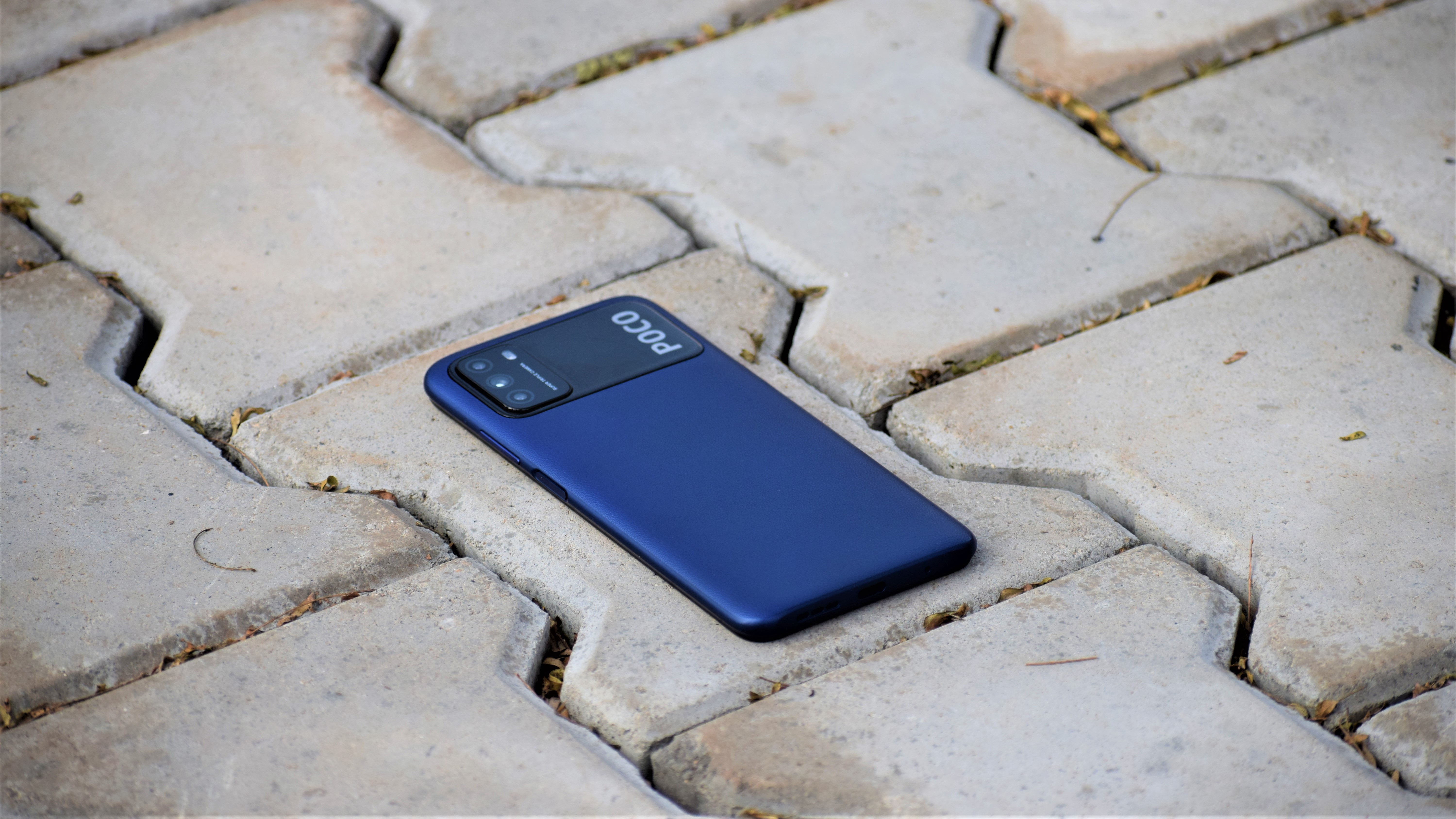
Performance is one area where budget phones in the last couple of years have struggled. The Poco M3 is powered by a Snapdragon 662 processor, an octa-core chipset built on an 11nm fabrication process that runs at a max frequency of 2.05GHz and has a third-gen AI engine. Adreno 610 GPU will handle the graphics and gaming on the phone.
Things are still not up to the mark here as the overall performance was just average here. Don’t get us wrong, but that’s been the case with most phones with the Snapdragon 6 series chipsets apart from the new Snapdragon 678.
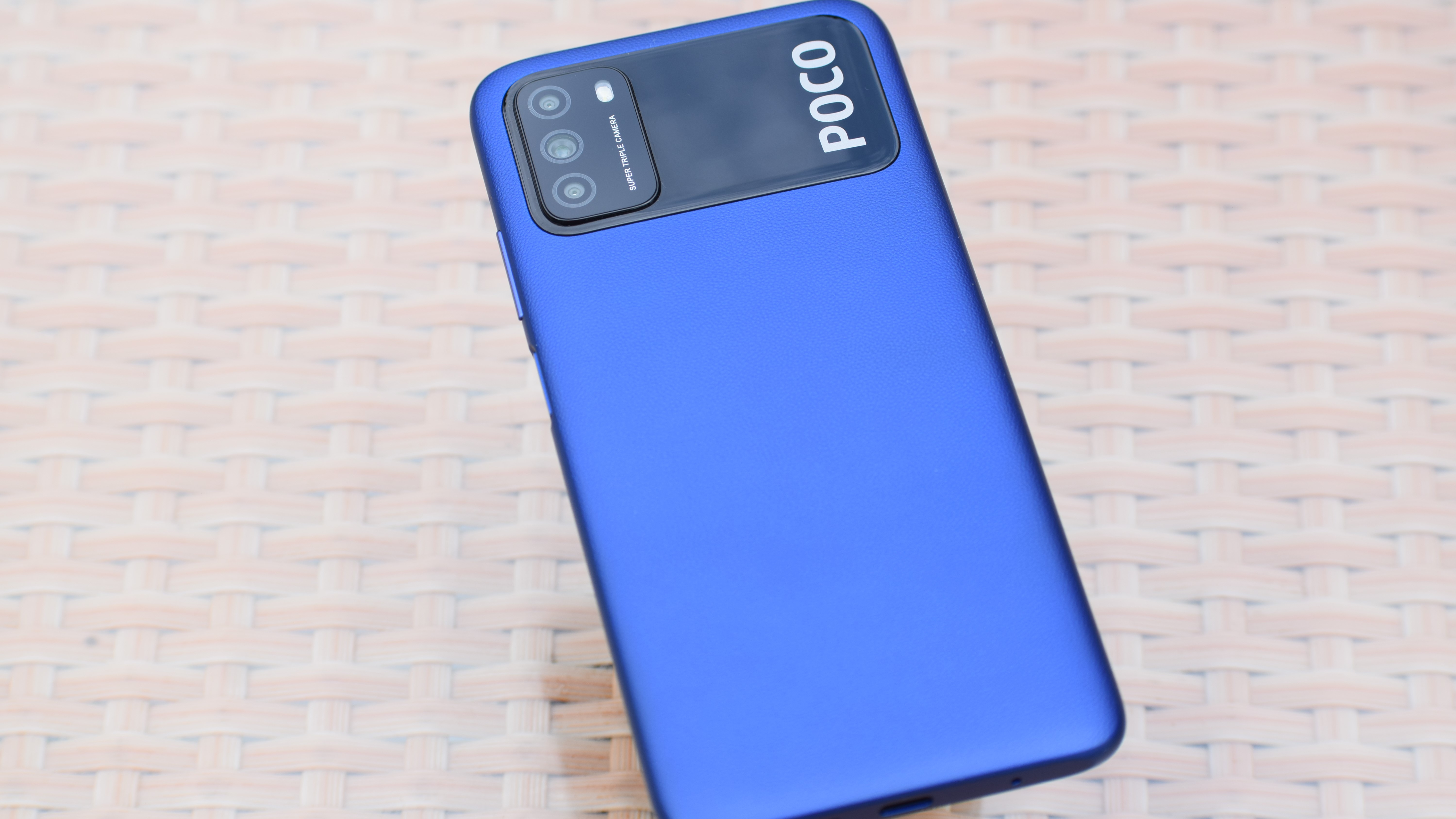
In India, the device comes in two configurations - 64GB UFS2.1 storage and 128GB UFS 2.2 storage. Both variants feature 6GB LPDDR4X RAM. Additionally, you also get a dedicated microSD card slot which takes up to 512GB.
Thanks to the additional RAM, the performance was better than the Redmi 9 Power which is also powered by the same chipset. The additional RAM handles the MIUI 12 software also slightly better, but it is not the smooth experience you’d hope for. In terms of gaming, the Poco M3 could handle CoD Mobile at high graphics and high frame rate, but not perfectly without stutters. The phones also heat up during gaming sessions near the camera module. The phone is the best suited for casual games or you’ll have to suffer from frame drops and lags.
The RAM management is good as long as its heavy apps are kept in the background. There is a noticeable amount of time taken to open apps as well. The performance is on par with some of the competitions from Realme, but we did get better performance on the Redmi Note 10 and Micromax In 1 under Rs 12,000.
Software
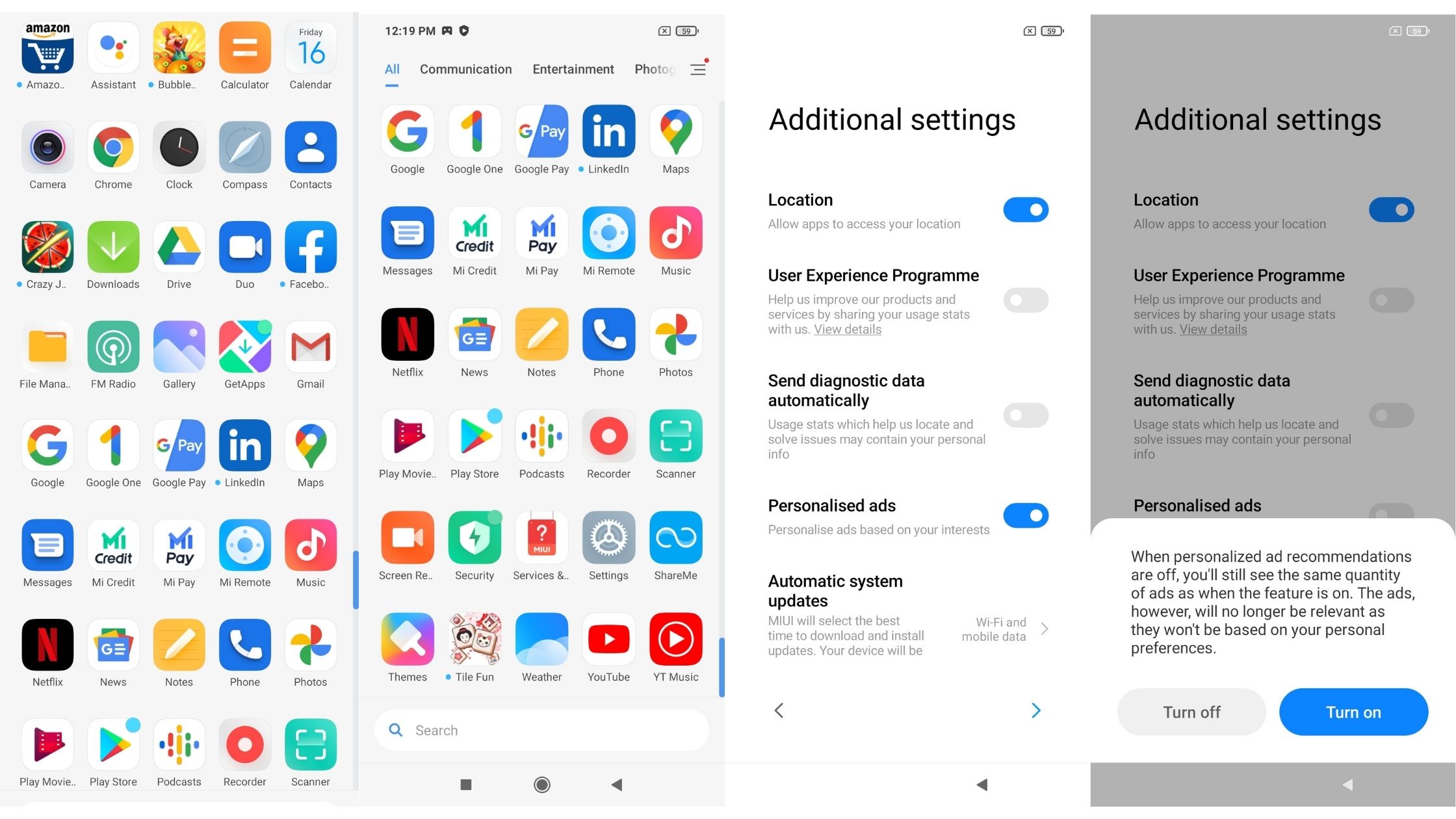
The MIUI 12 skin based on Android 10 runs out of the box here while the Android 11 update is expected to arrive in the coming months. Given the track record, we’d expect the update to arrive at the end of Q3. The MIUI 12 skin on Poco M3 is a slightly tweaked version of the MIUI 12 on Redmi and Mi devices. The software comes with fewer pre-installed and no ads on UI - however, the Poco M3 still struggles to pull the skin smoothly throughout.
You are offered countless customization options in MIUI. The system animations are quite smooth and colourful. You can play with the home screen setup, app drawer, icons and more, but there is no option to enable Google Discover feed on the leftmost screen.
There are quite a few pre-installed apps available like Amazon, LinkedIn, Facebook, GetApps, Duo, Mi Credit, Mi Pay, Podcasts, ShareMe, and Themes, Among these Themes and GetApps are quite annoying apps that push notifications quite often - you can block notifications but there is no option to disable or uninstall them.
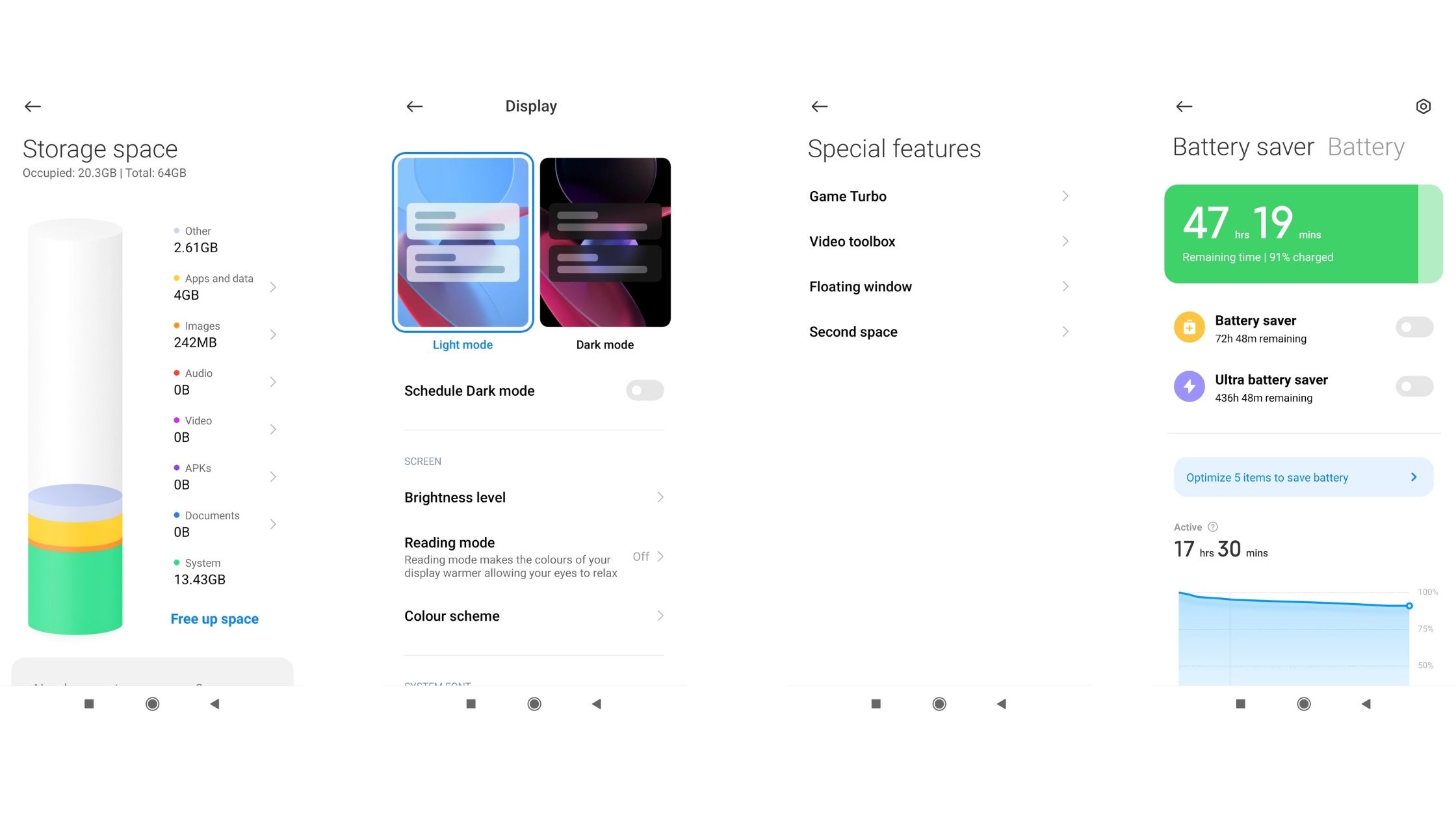
With MIUI 12, there are also some visual treats under storage settings with a tall cylinder in multicoloured discs telling you what exactly is taking up your storage space. System-wide sliders including calls, alarm, media, and others have also gained fluid animations. There is also an option to switch to the new Control centre which is inspired by iOS. When turned on, you will get an all-new Control centre that can be accessed by swiping down on the right side of the device. Swiping on the left will give you the notifications at a glance.
Other features include floating window functionality which can be created by long-pressing any supported application on the recent screen. There are also Google’s Android 10 base gestures. gestures. You can go back by swiping on either side of the device.
The UI is not always as smooth as we had a couple of months back. It does suffer from occasional stutters and lags while some apps take long load times. We also think this has something to do with the chipset which, as we said earlier, is not the best performer and MIUI feels heavy after a few weeks. Thankfully, the presence of 6GB RAM is something to appreciate here which means the software can be handled slightly better when compared to other MIUI devices in the segment.
Camera
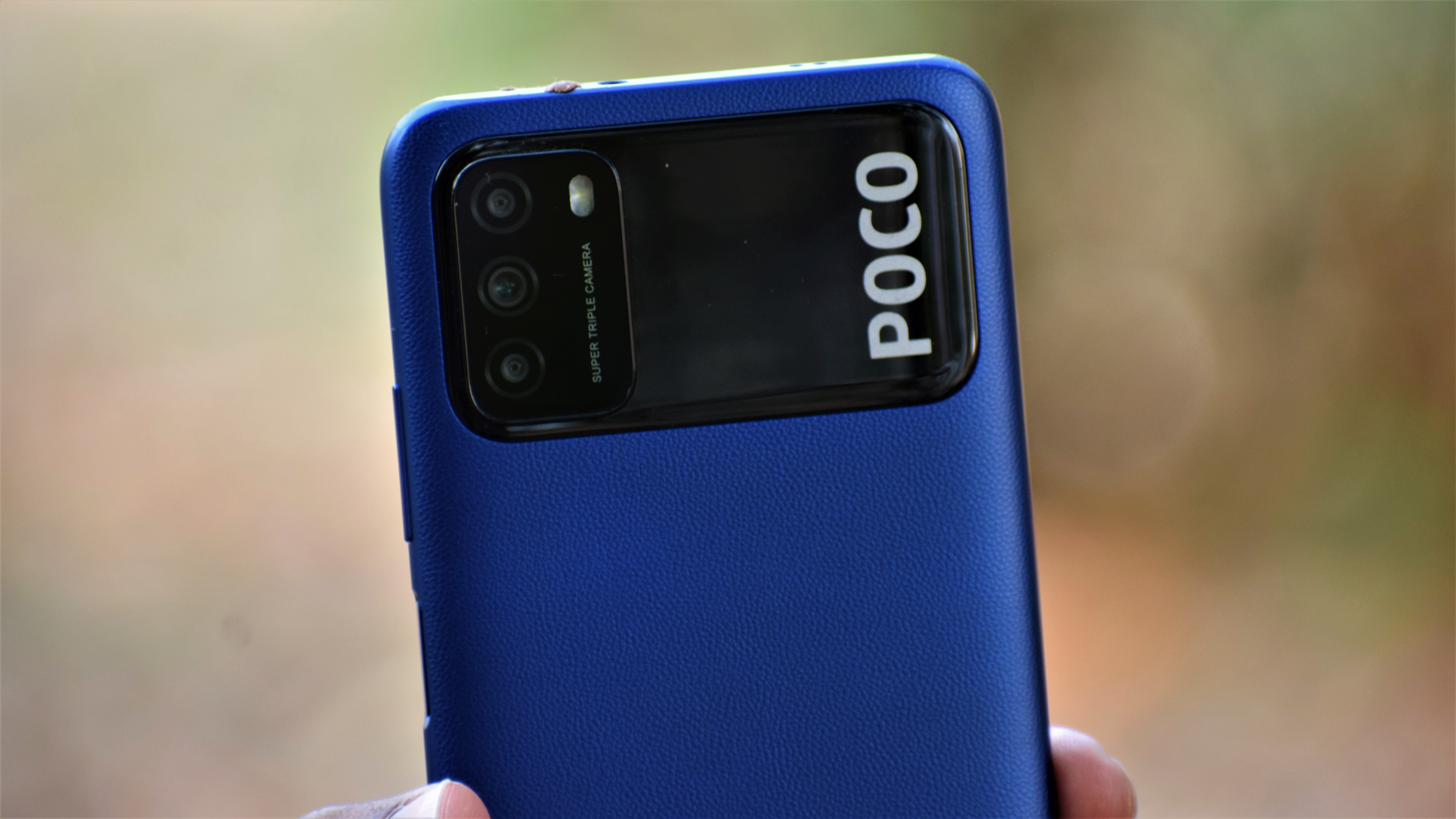
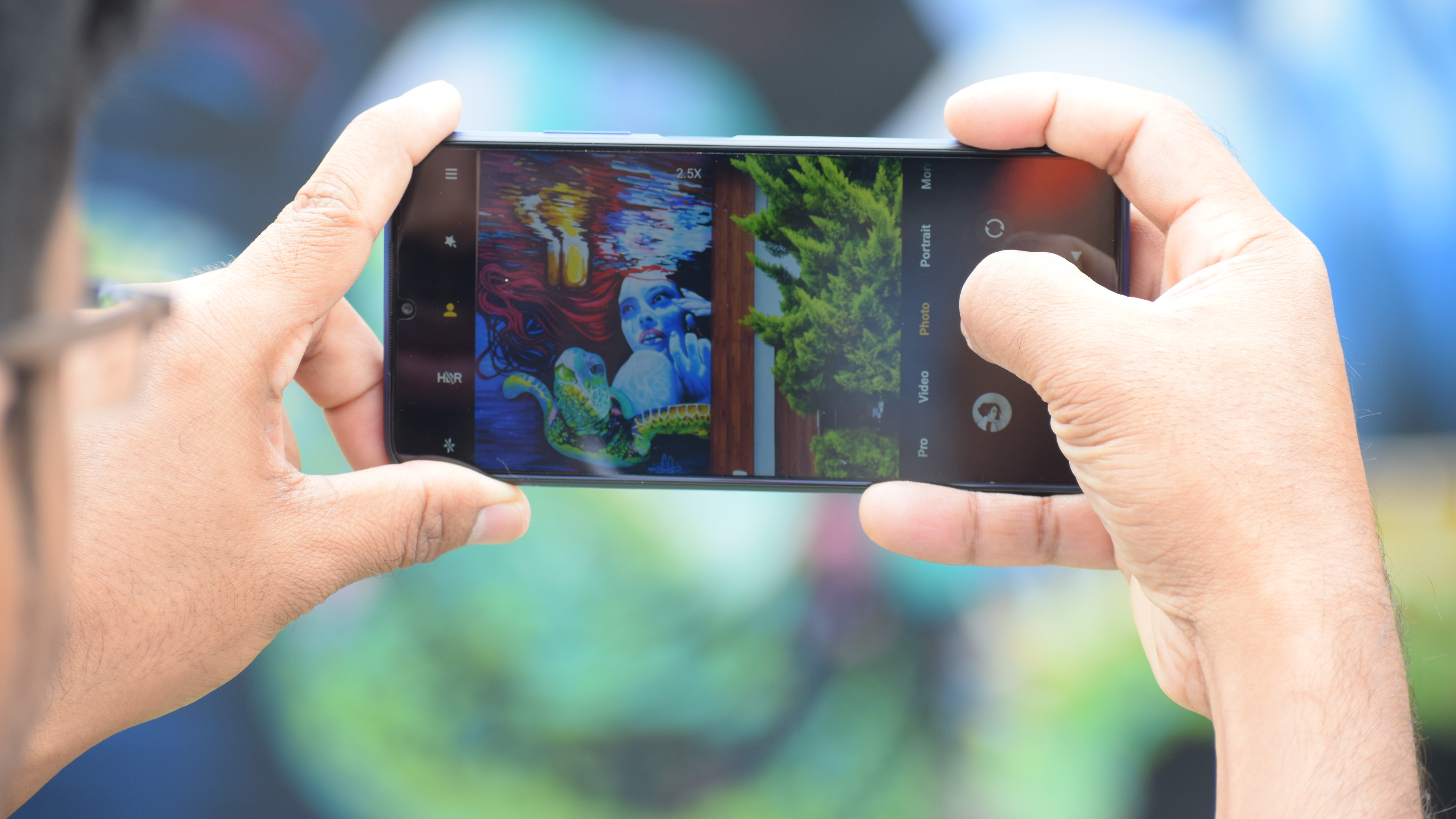
In terms of optics, you are looking at a triple camera setup with a 48MP primary sensor with a 1/2" sensor size, f/1.79 aperture, autofocus, etc. This is followed by a 2MP macro lens and a 2MP depth sensor both with f/2.2 aperture. There is a dual-LED flash for the low-light scenario. Selfies are handled by an 8MP shooter which is located inside the dew-drop notch.
The camera features include document mode, night mode, AI scene detection, AI beautify, portrait mode, movie frame, Panorama, Raw mode. For videos, you can shoot up to Full HD and slow-mo up to 120fps.
In broad daylight, the primary camera is capable of clicking some nice detailed images, however, the output was quite soft for our liking. Also, the images with clouds tend to overexpose more often than not. The edges tend to be soft as well. The dynamic range is fairly good but doesn’t bring up details as much as we’d like. However, the colours look good and saturated while the focusing speeds are not the best, it is fairly good.
Overall, the images from the main camera can be good for use on social media platforms - if that’s what you are into.
The night shots bring in more noise to the image and lack details. The dedicated Night mode in the camera app tries to overcome a few issues here with better night shots and details. The night mode images bring in more detail as well as brighter images.
The phone misses out on an ultra-wide camera and you get a 2MP depth sensor which is again average at best, with a hit or miss edge detection and low-resolution sensor. But, in daylight, the portrait shots come out really well. The macro camera is of low res and due to that, the images turn up pretty bad.
Lastly, the selfies taken from the 8MP camera are not too impressive as they are over-sharpened and often the colour tones are way off.
Camera samples





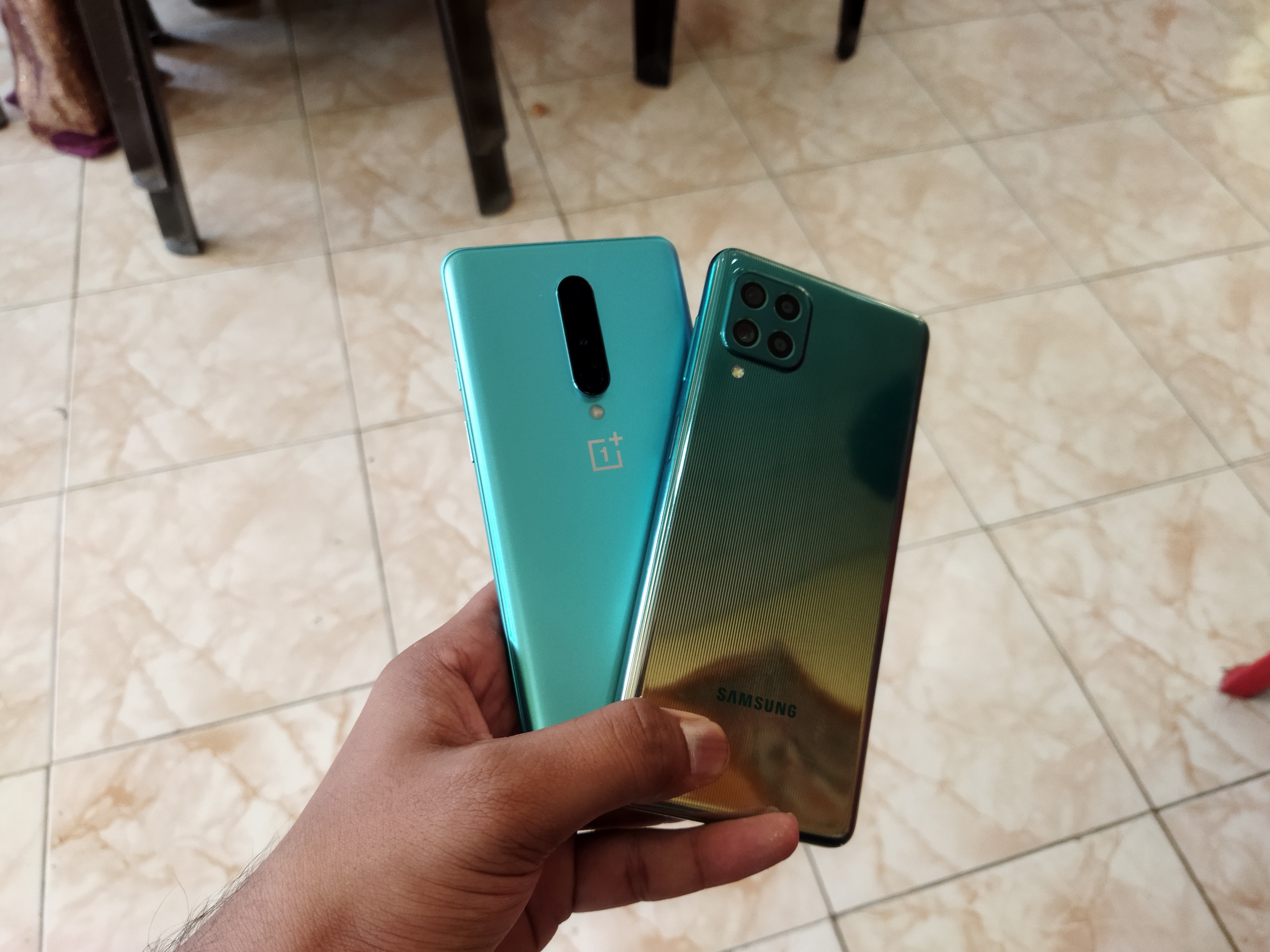
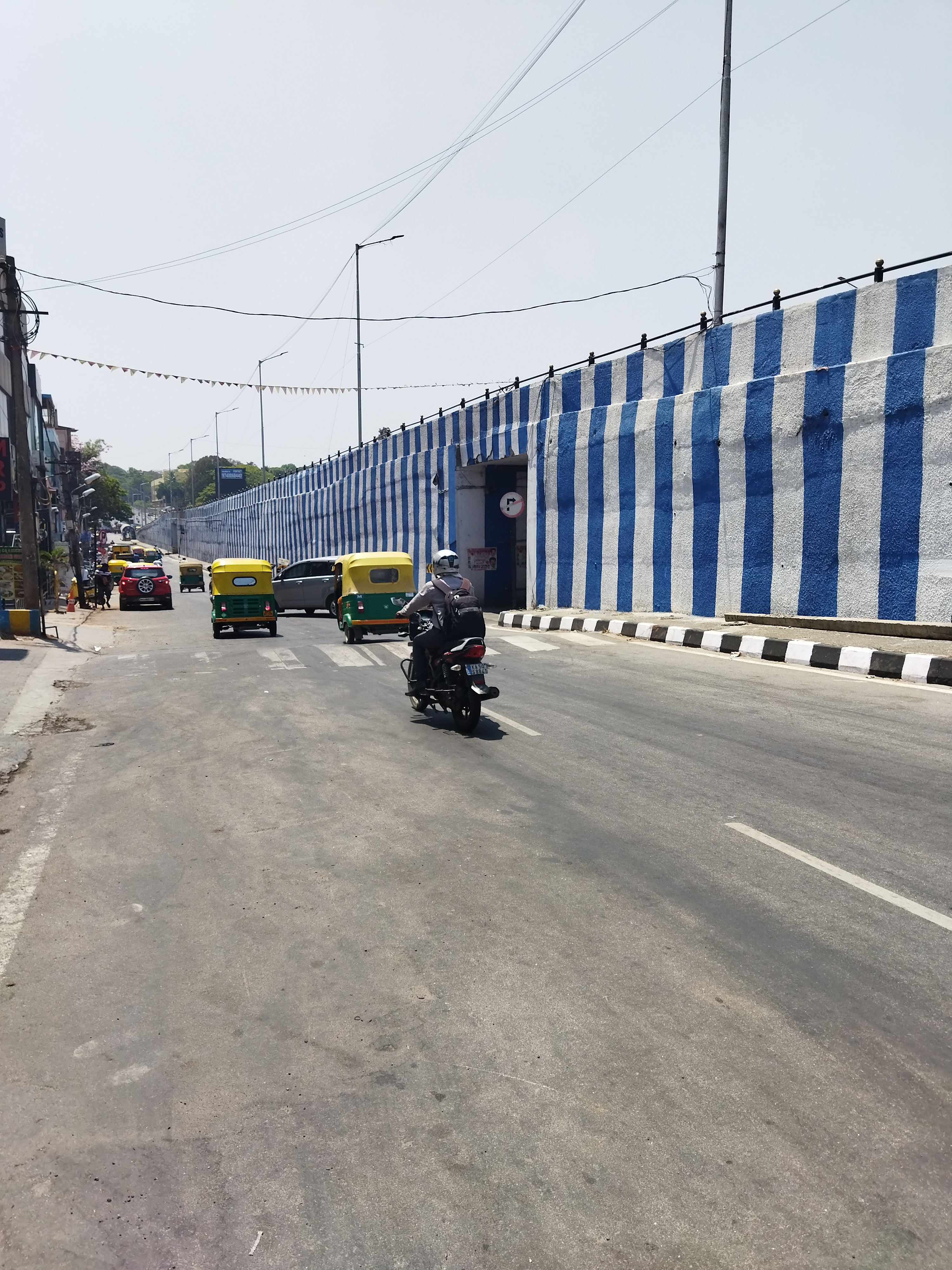
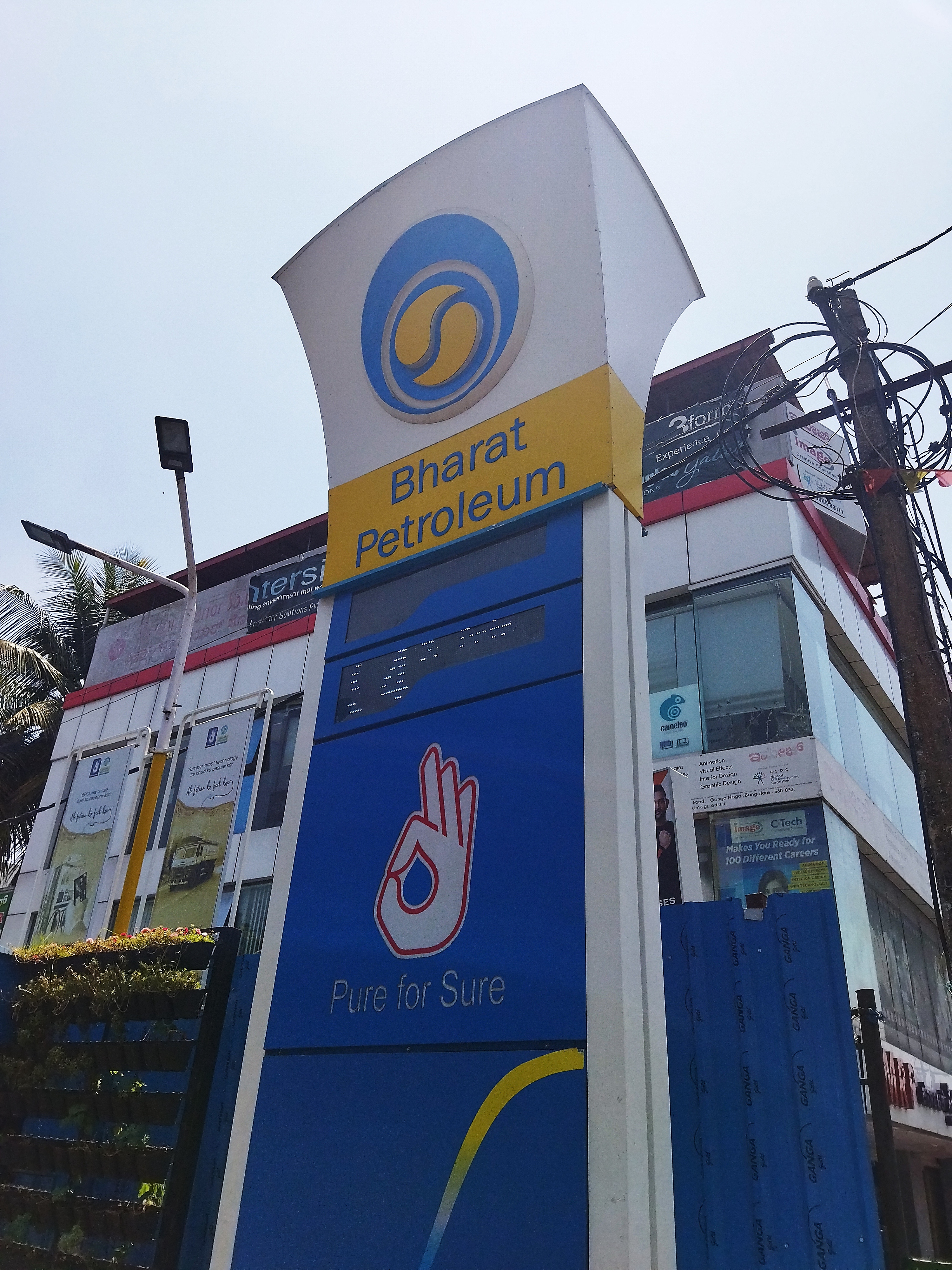
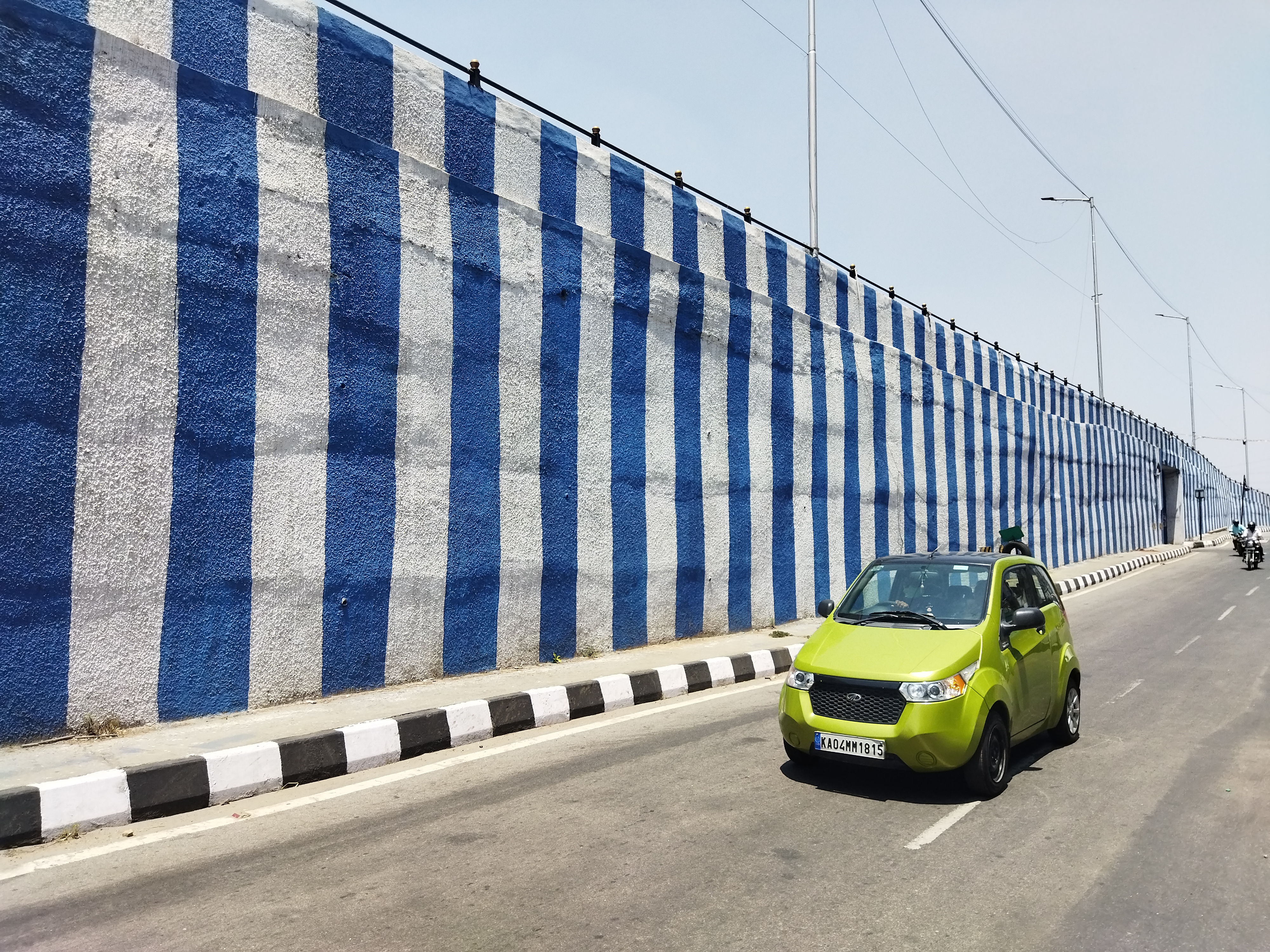





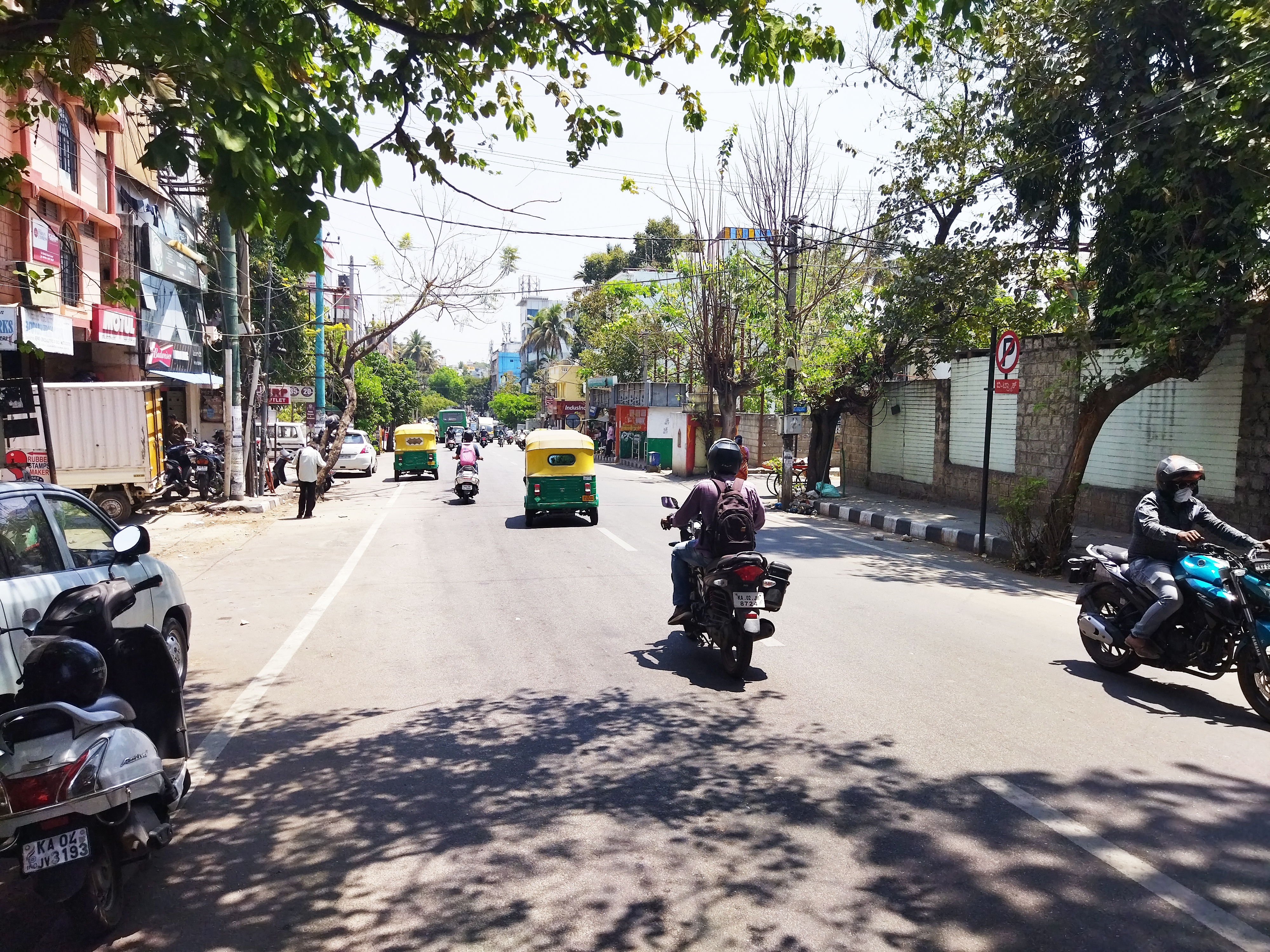

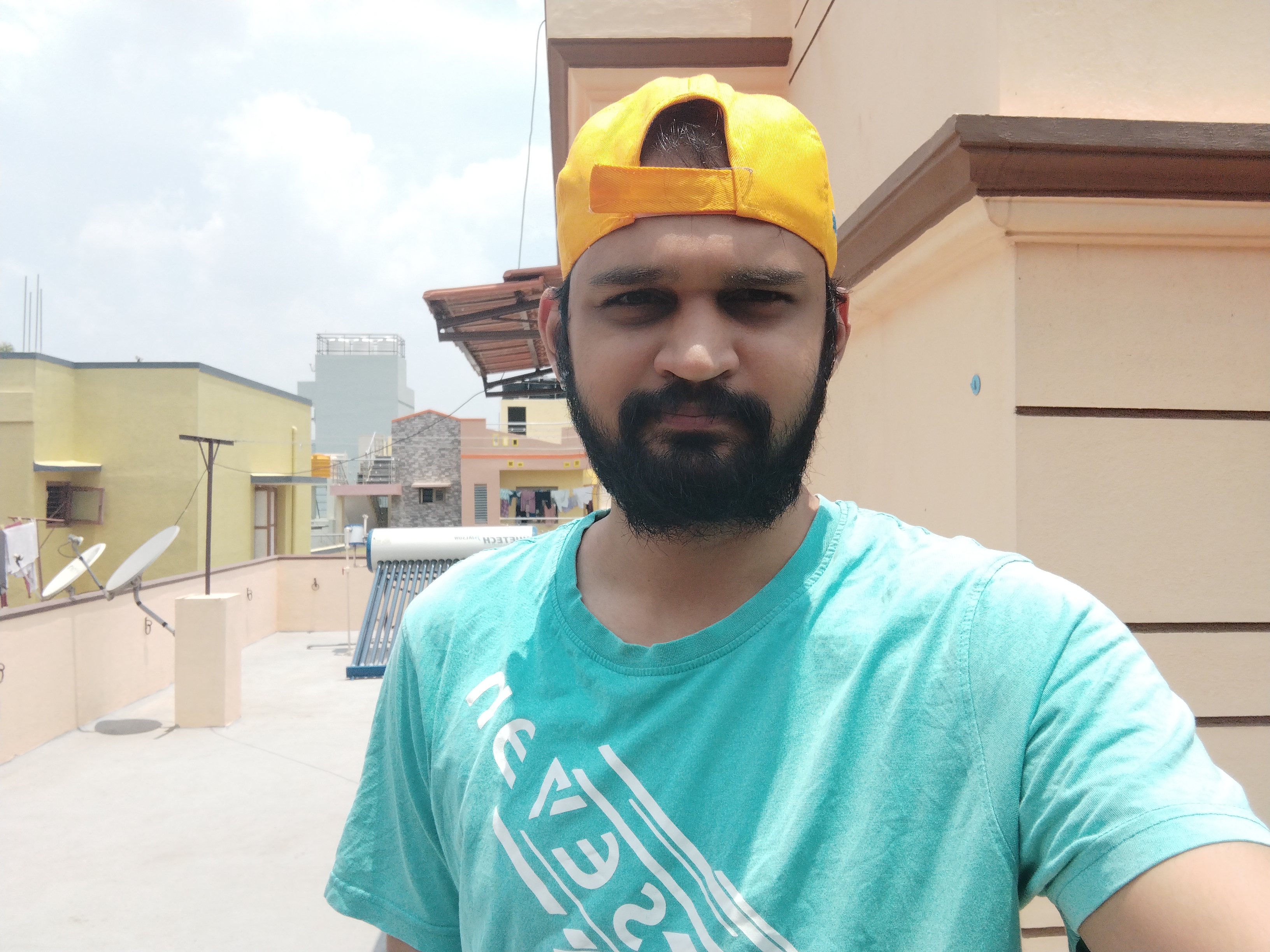
Battery
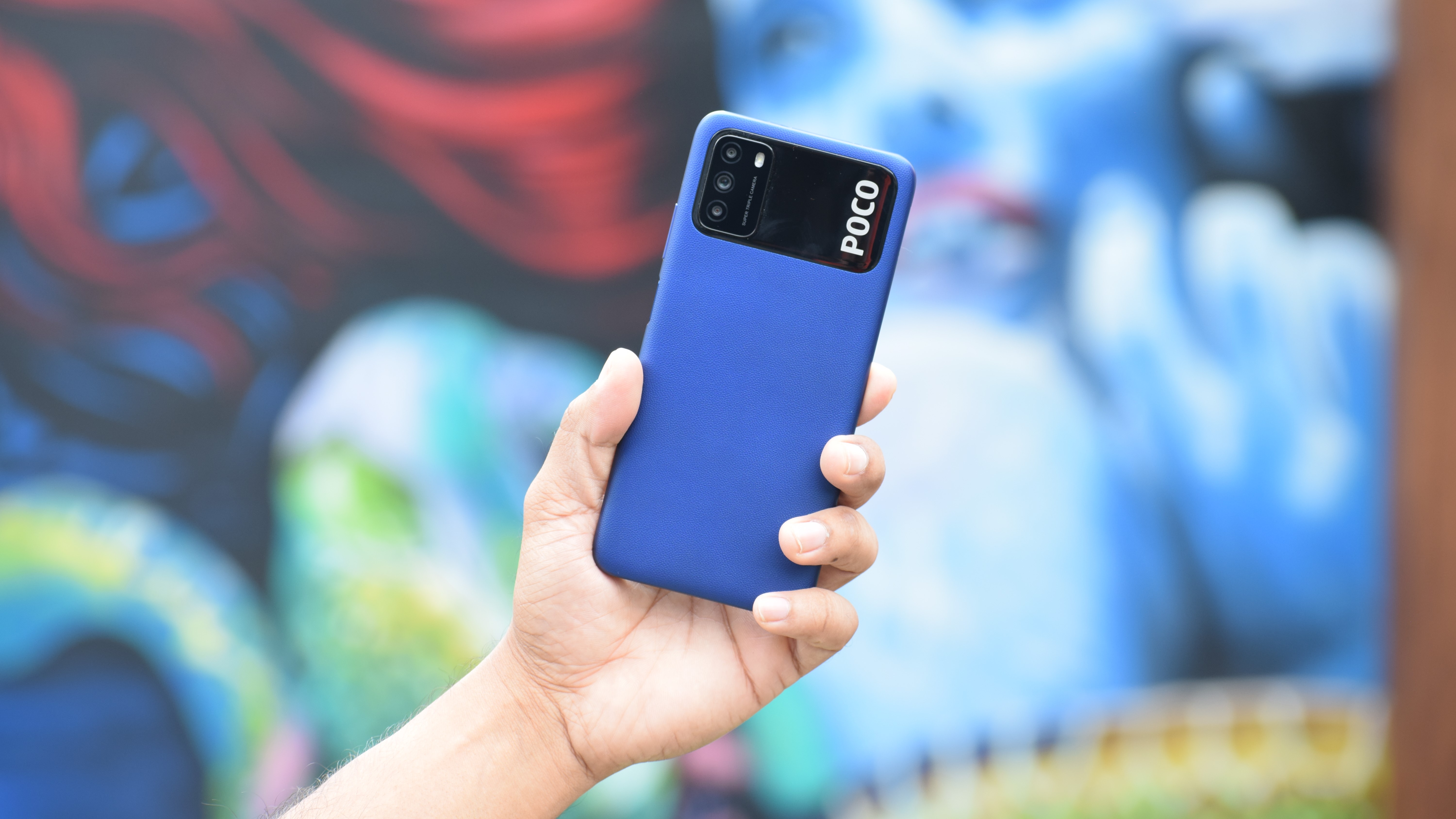
The Poco M3 packs in the biggest battery on a Poco phone yet with a 6000mAh unit. For context, the Poco M2 sports a 5000mAh battery. There’s also improved fast charging with support for 18W fast charging via a USB Type-C port. In addition, the device also supports reverse charging.
In our usage, the Poco M3 lasted over one and a half-days on every charge cycle and two days a few times with light usage. The phone had at least 40% battery left after my one day of work starting from 100% at 9 AM in the morning. As for the fast charging, the 18W is not the fastest as it takes about 2 hours and 15 minutes to 2 hours and 30 minutes to charge the device completely. While the battery is remarkable and impressive, the slow charging speed might bug a few users who are on the go.
Everything else
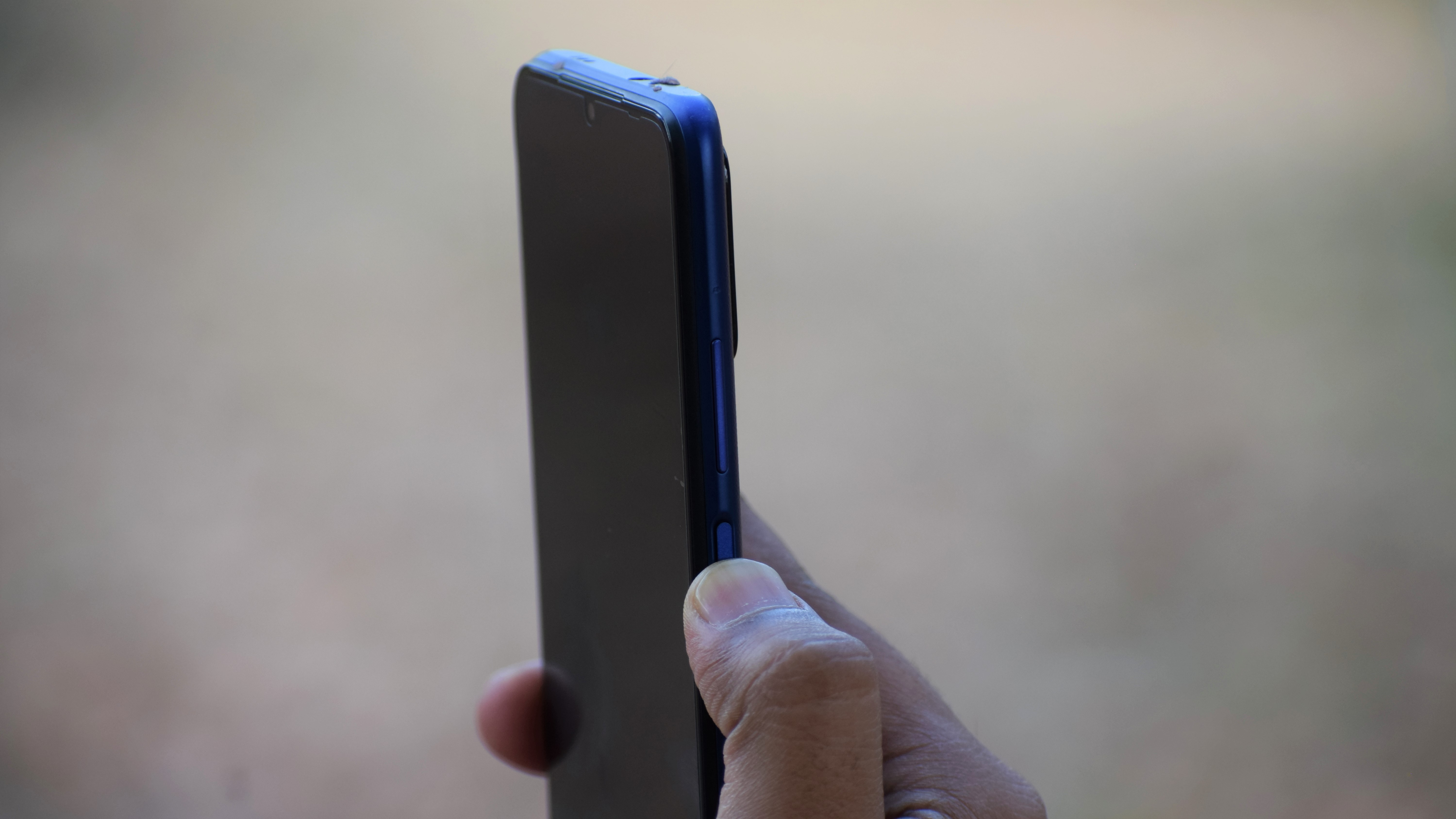
The Poco M3 comes with a side-mounted fingerprint scanner which is quick and accurate to unlock the device. Additionally, you also get face unlock. In terms of audio, the device houses dual speakers with Hi-Res audio certification - the audio from the stereo speakers is enjoyable and makes watching media content more immersive.
The device is packed with Bluetooth 5.0 and dual-band Wi-Fi which we had no trouble with. Lastly, as for the sensors, you get Proximity, Ambient light sensor, Accelerometer, and Electronic compass.
Verdict
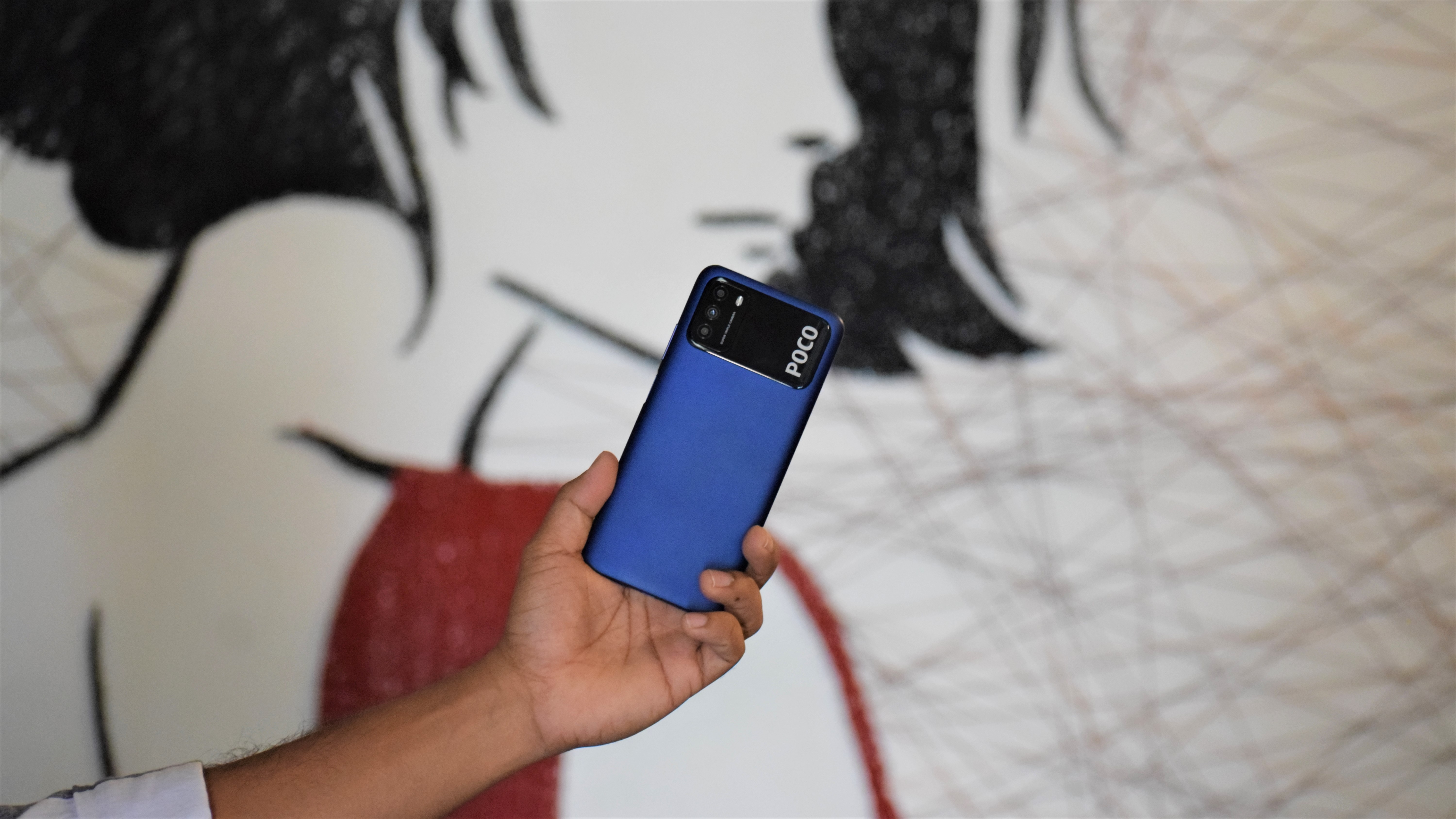
Buy it if...
You want a unique looking budget phone
As you can see from the images, the Poco M3 looks unique and stands out from the crowd easily. This is the looking best budget phone under Rs 12,000 right now.
You want all-day battery life
The Poco M3 is packed with a massive 6,000mAh battery which will last up to two full days on most occasions, if not at least a day and a half battery life.
You consume a lot of content
The big 6.53-inch Full HD+ display is paired with dual stereo speakers which offer an overall great experience to watch content.
Don't buy it if...
You want better camera experience
The Poco M3 is not the best performing camera in the segment, we’d still recommend the Redmi Note 10 over the Poco M3 for the camera.
You need faster charging speeds
The 6,000mAh battery + 18W fast charging translates to over 2 hours of time to fully charge the device. If you want something faster, you can take a look at Redmi Note 10 which comes with 33W fast charging.
You want the best phone under Rs 12,000
The Poco M3 is not our top recommendation in the sub Rs 12,000 segment as the performance is not the best. The Redmi Note 10 and even Micromax In 1 with its stock Android and competitive specs might be better off here.
Srivatsa is a prolific writer who spearheads the core writing team on tech news, buying guides, reviews, and all gadget articles. He is passionate about technology.
